 I’ve got a new pattern that should be hitting the newsstands soon (edit: October 15th). It’s up on Ravelry, so I thought I’d give it a little introduction. Three Square is one of two patterns that I’m producing this fall for The Knitting Boutique.
I’ve got a new pattern that should be hitting the newsstands soon (edit: October 15th). It’s up on Ravelry, so I thought I’d give it a little introduction. Three Square is one of two patterns that I’m producing this fall for The Knitting Boutique.
The Knitting Boutique is unique among many LYS’s in that they have their own, store exclusive yarn. They’ve been written up in a couple different magazines about it. In the last couple of months they rolled out a new yarn, called Anacostia (after the river, which used to be local to me, and still is local to them). Dianna, the owner, graciously invited me to create patterns in this new yarn line.
Let me tell you how much I love Amacostia. It comes in a variety of weights. I used the fingering, and worked it up on size for needles to get about 19 sts every 2 inches. It’s soft, colorfast, and 100% superwash. Seriously, its a wonderful yarn.
Three Square is a pattern written for sizes newborn – 24 months. (And I’m working on getting one for 2T – 10 yrs out too!) It’s made up of what I like to think of as 3 squares: one for the yoke, one for the body, and the last for the handkerchief skirt. It’s got a false button placket (that actually fastens with snaps – which if you have small children you know you’ll appreciate), and can be worn with the buttons in the front or the back, depending on your preference.
Three Square isn’t my first baby dress I’ve designed (it’s just the first to be published). Still, I happen to be more than a little attached to it. I LOVE square necklines, and they just don’t do well on a busty lady of my shape. But Children? Children look amazing in square necklines.
The other thing I love about Three Square is the fact that it’s a sleeveless dress. As you can see in the pattern photos, you can pair it with a long sleeve and tights for colder weather, but in warmer weather it’d be perfect in short sleeves or even by itself.
So where can you get Three Square? Right now, it’s only available in print, from The Knitting Boutique. So head on over to the store, either in person or online!

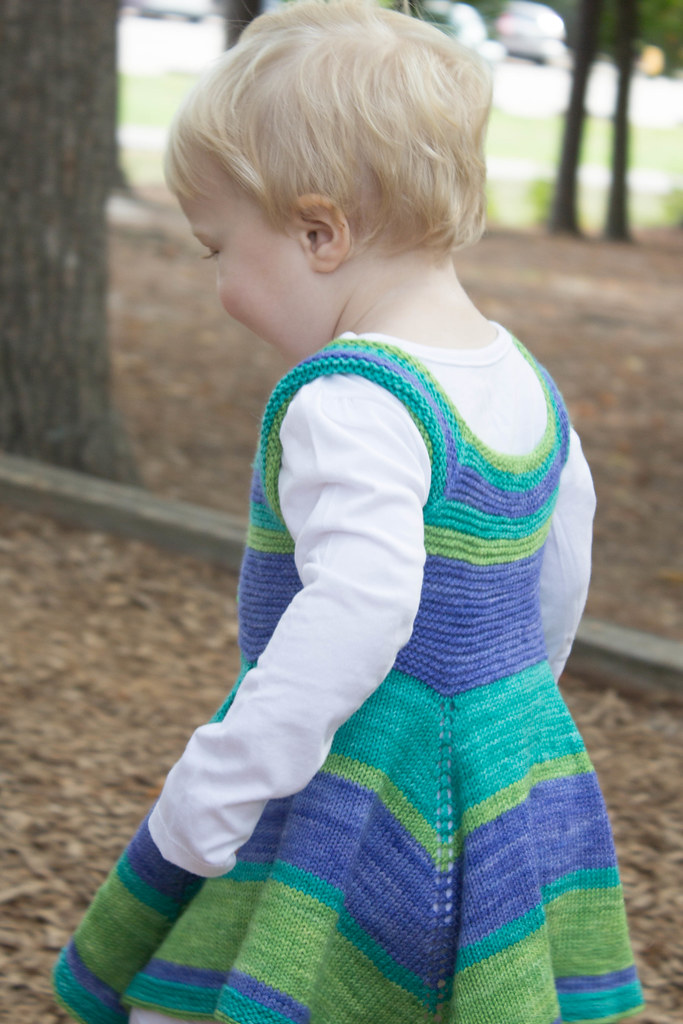
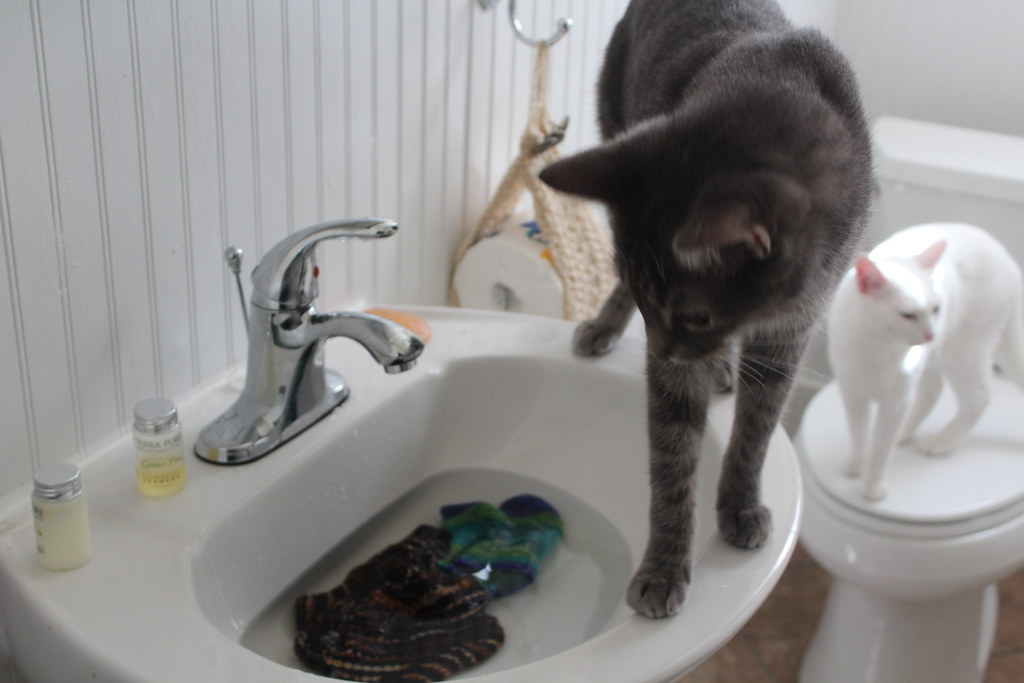
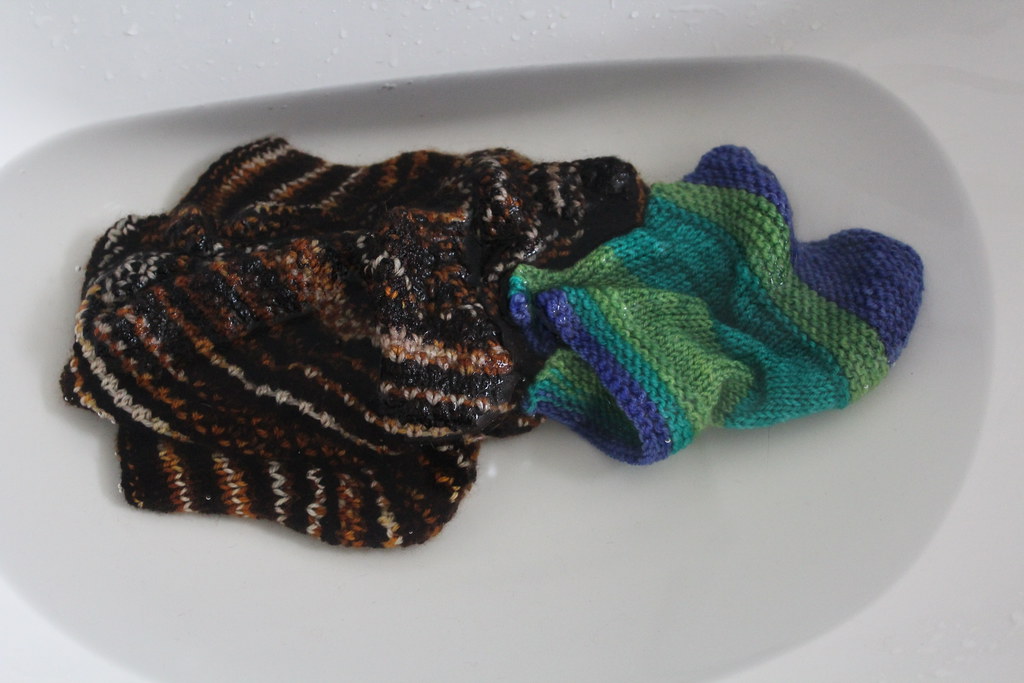

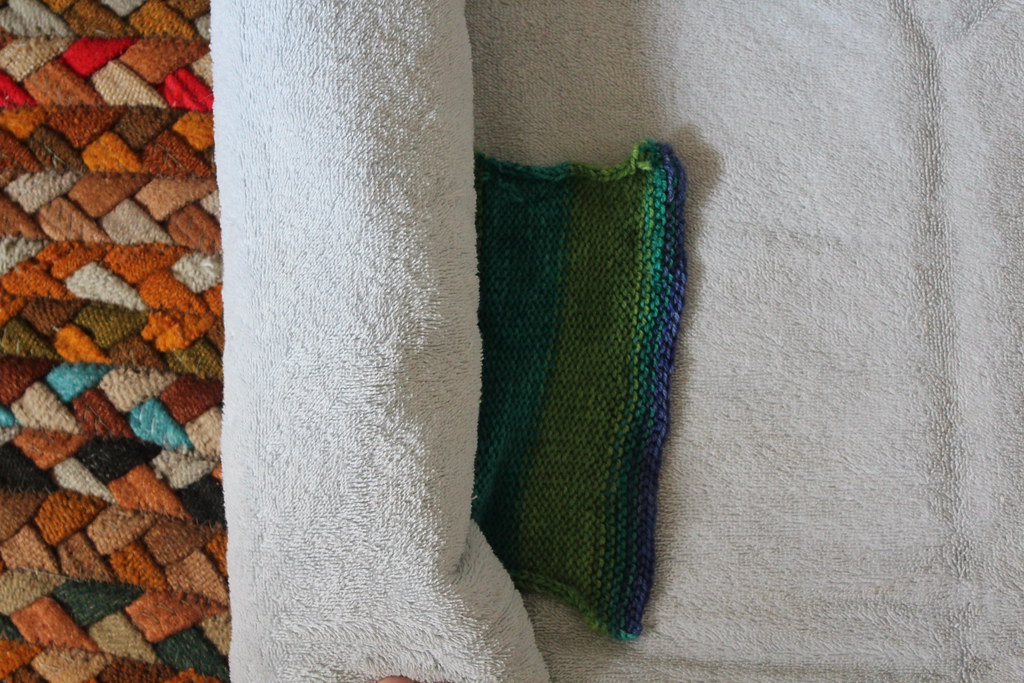
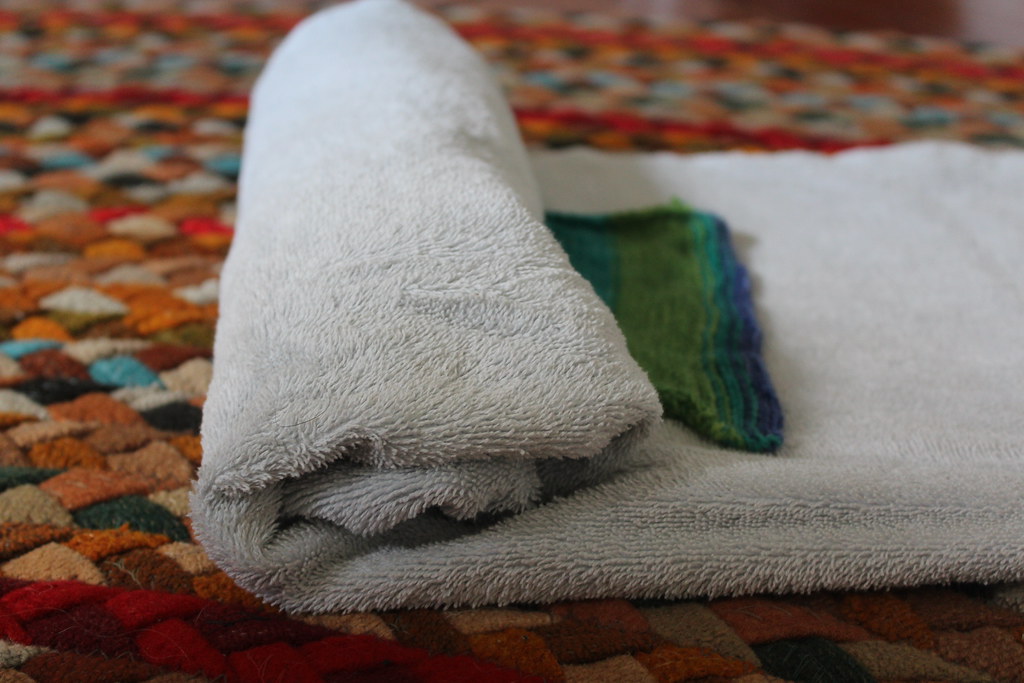

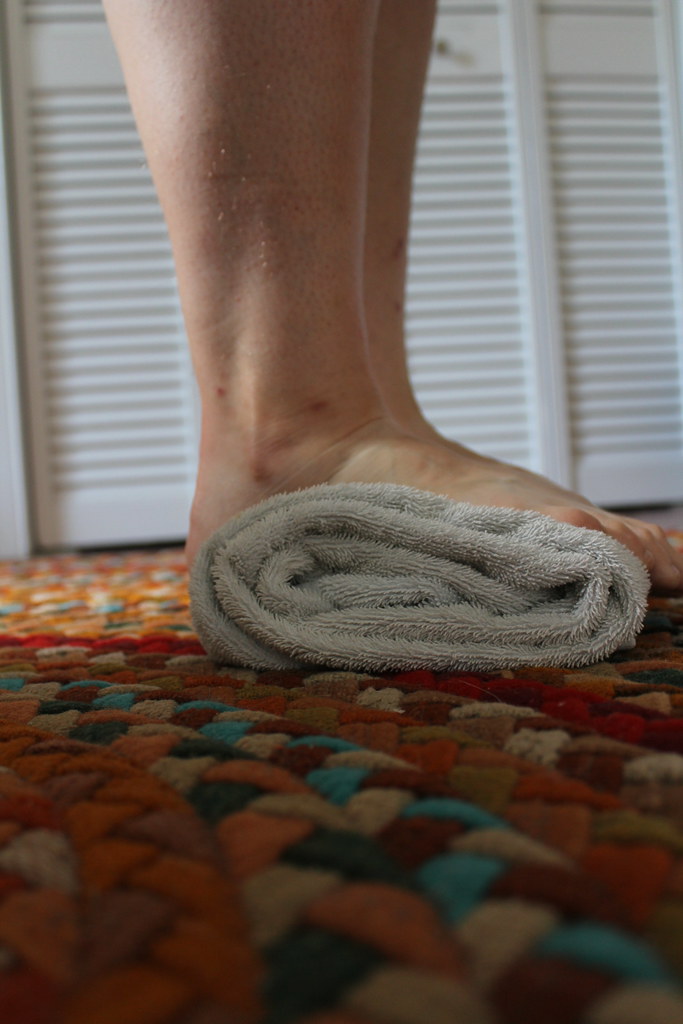
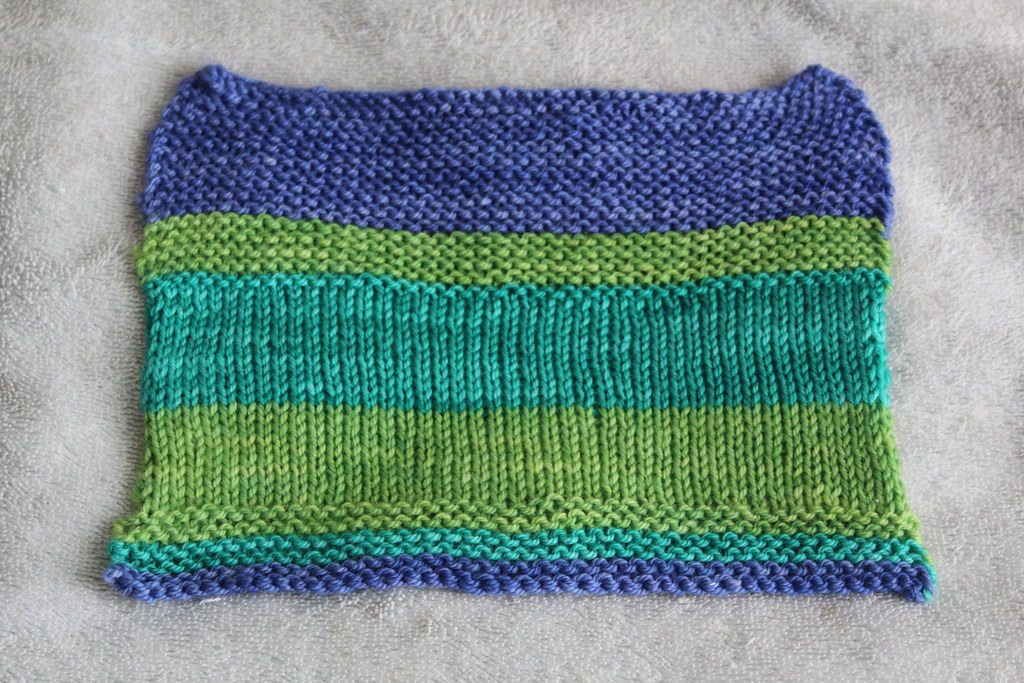

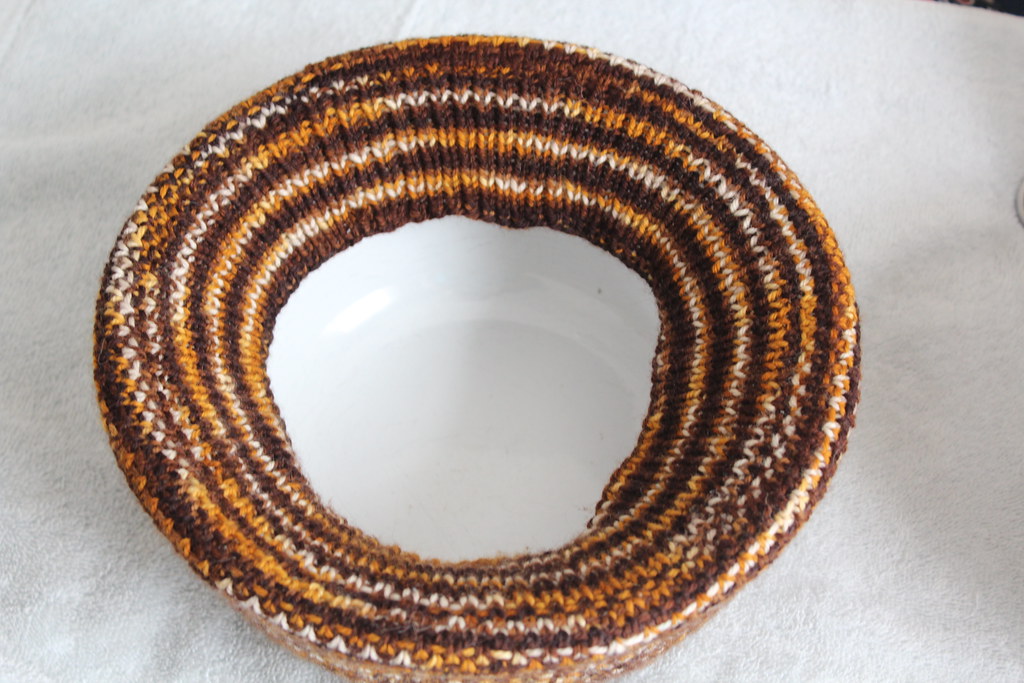
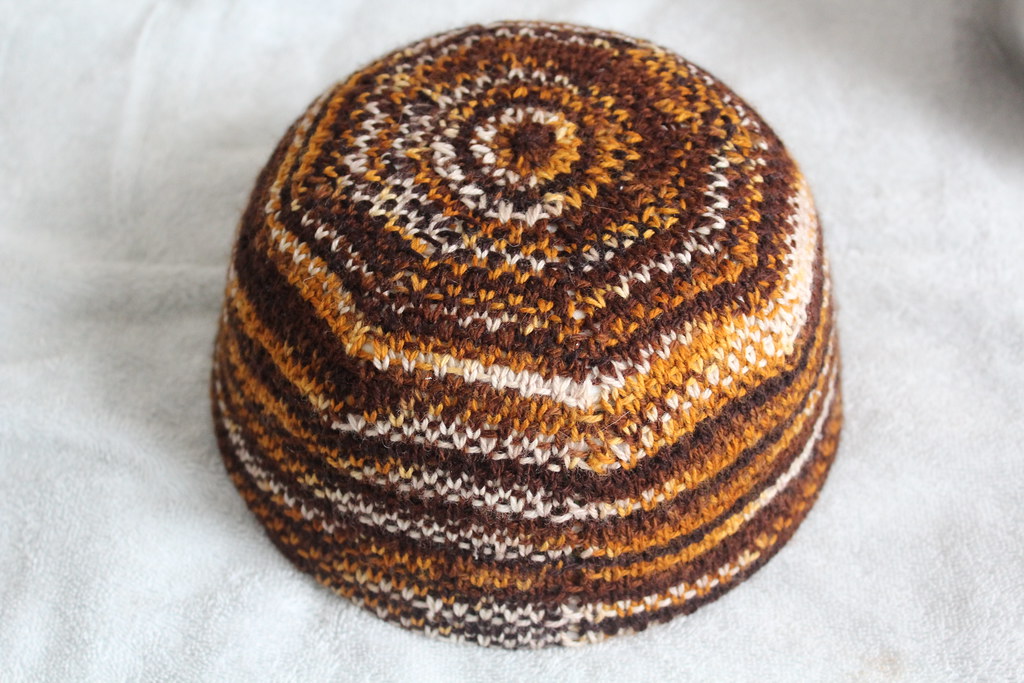
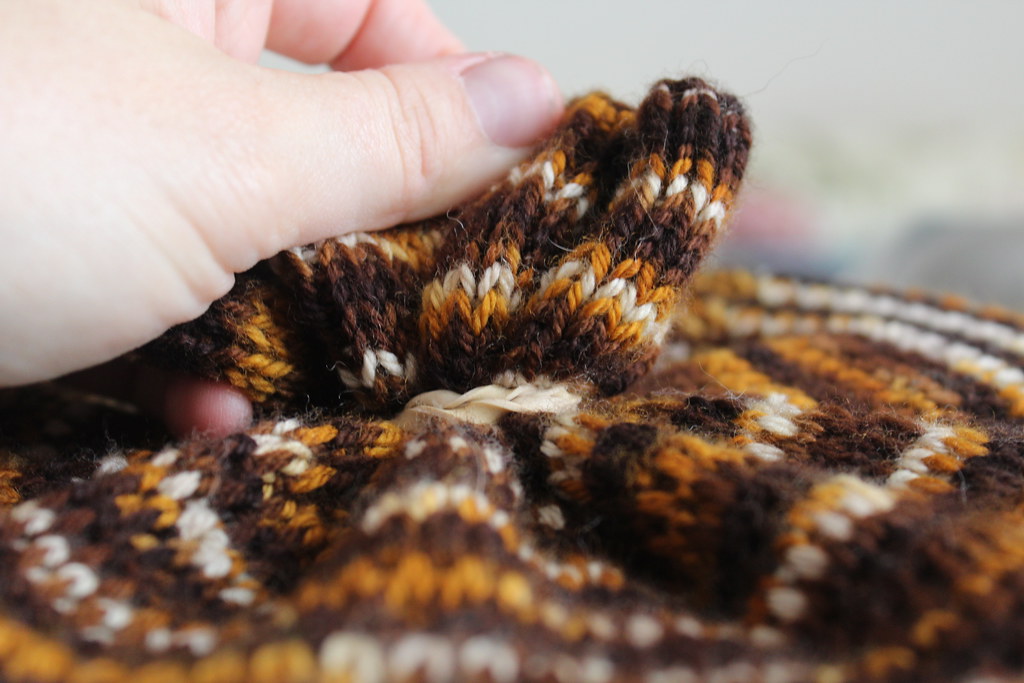
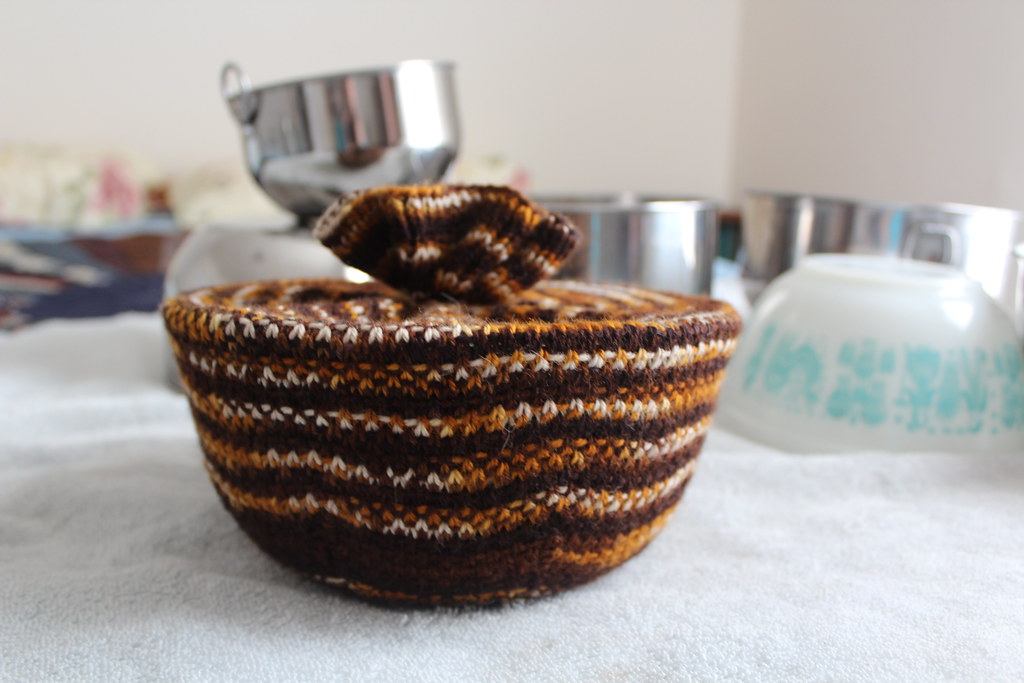
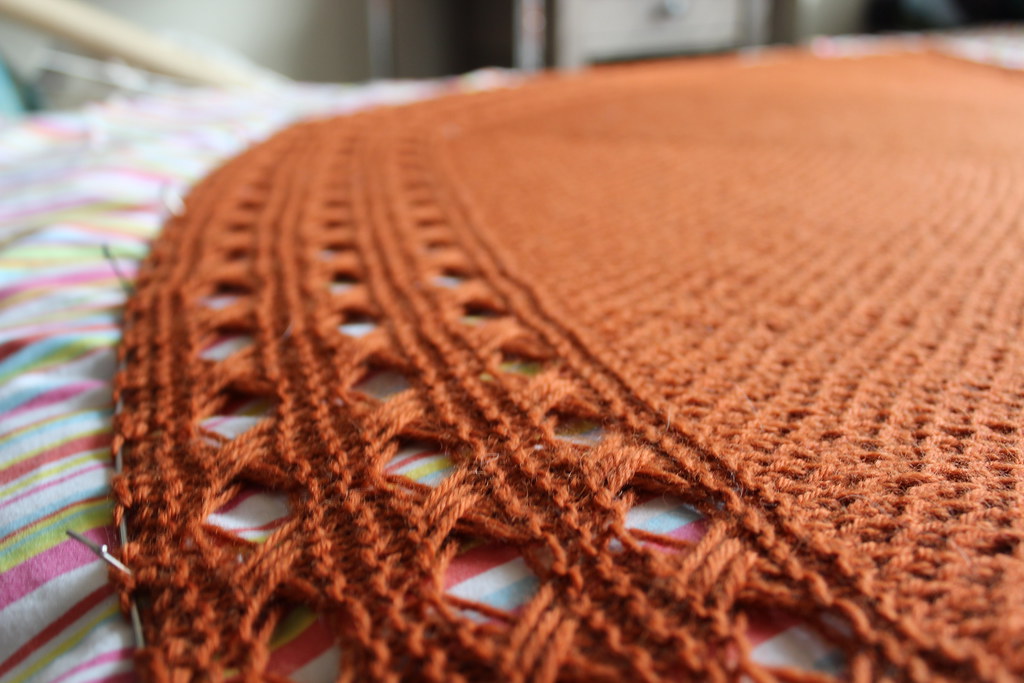
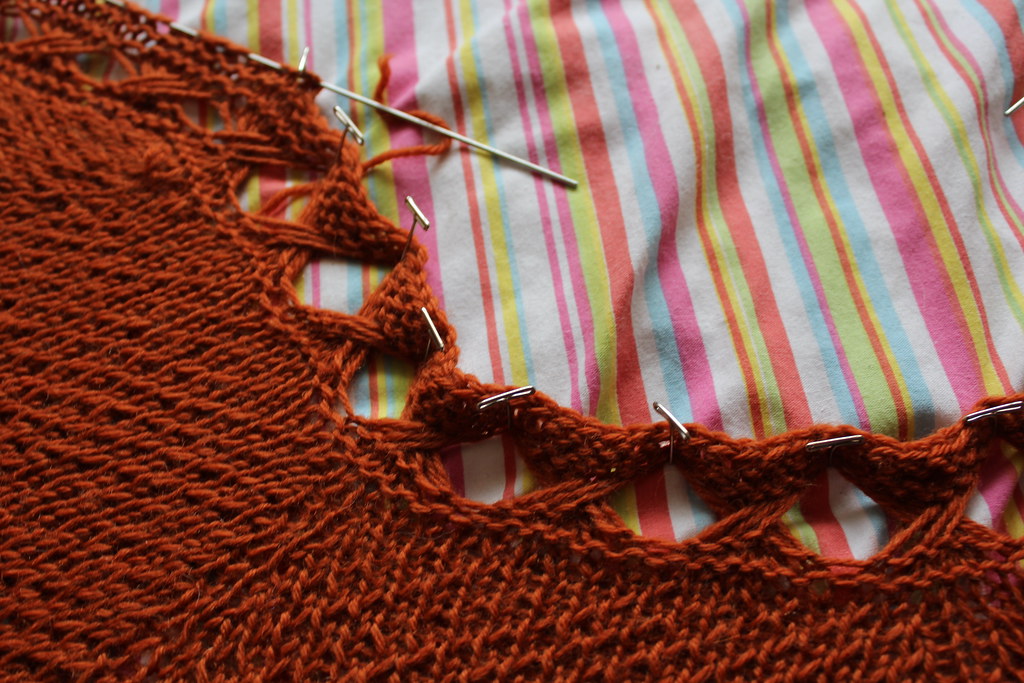

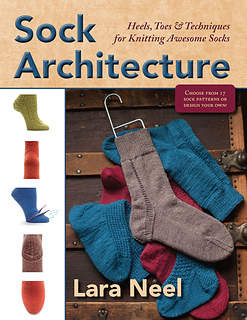


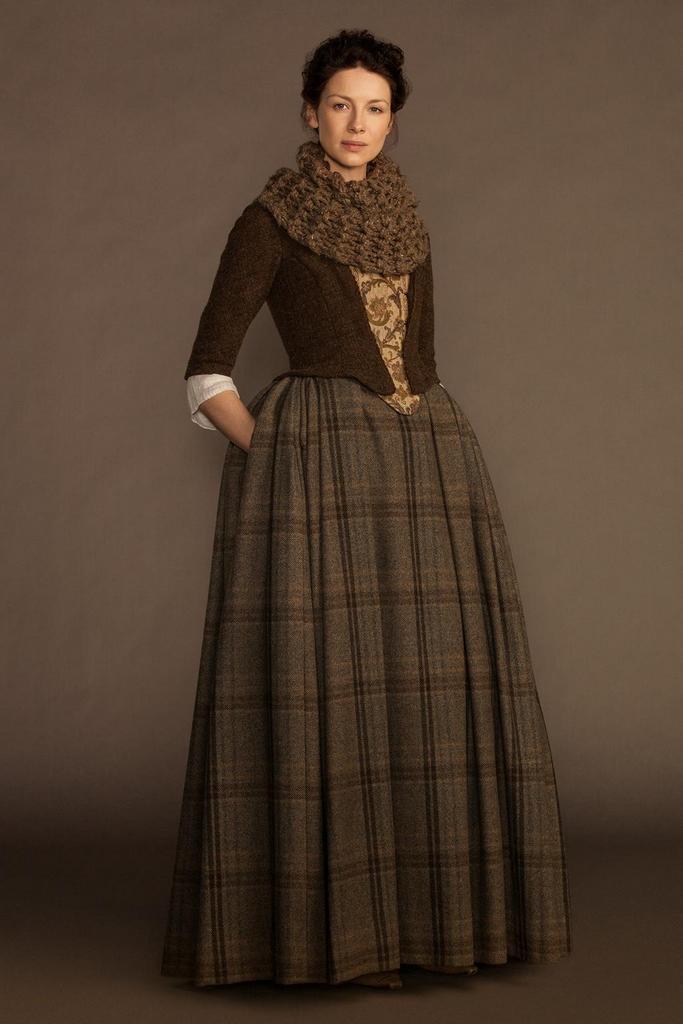



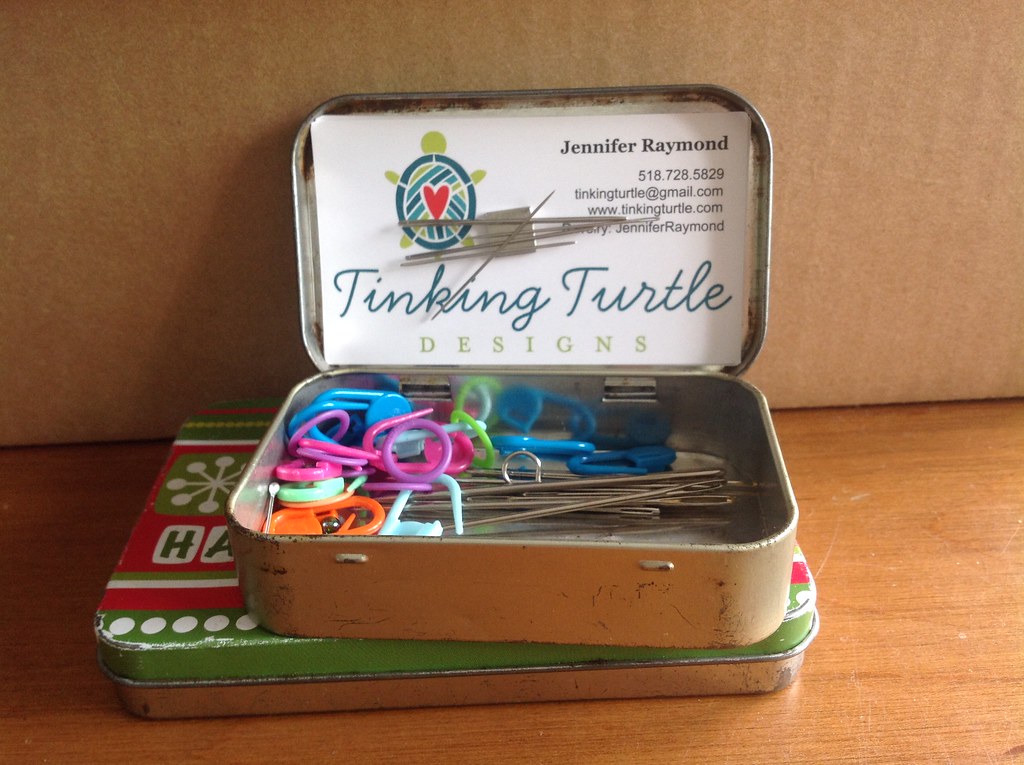
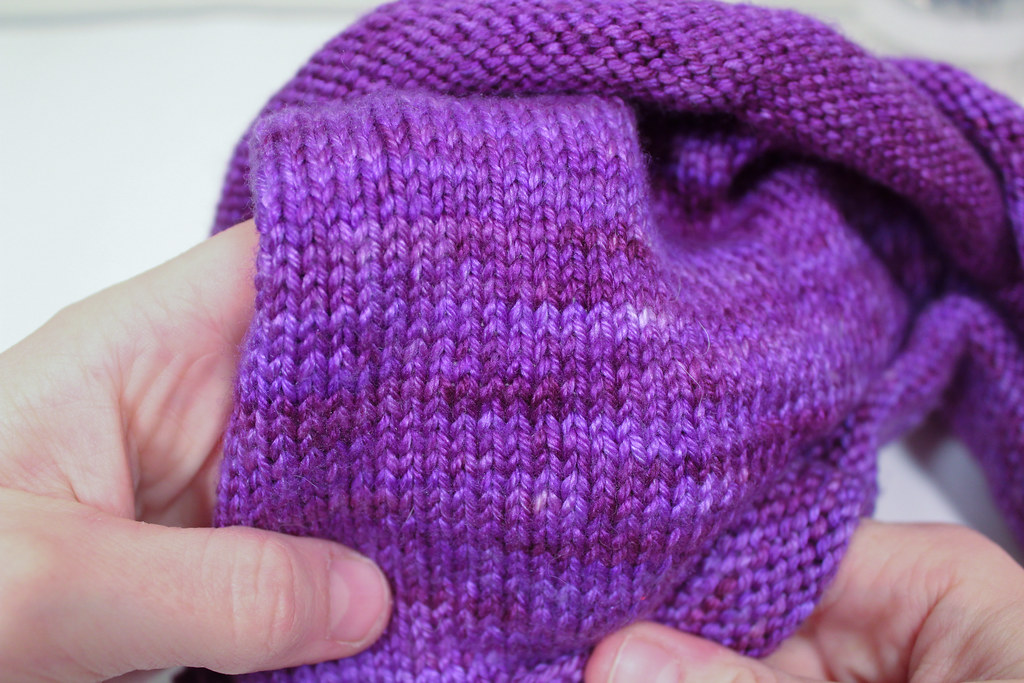
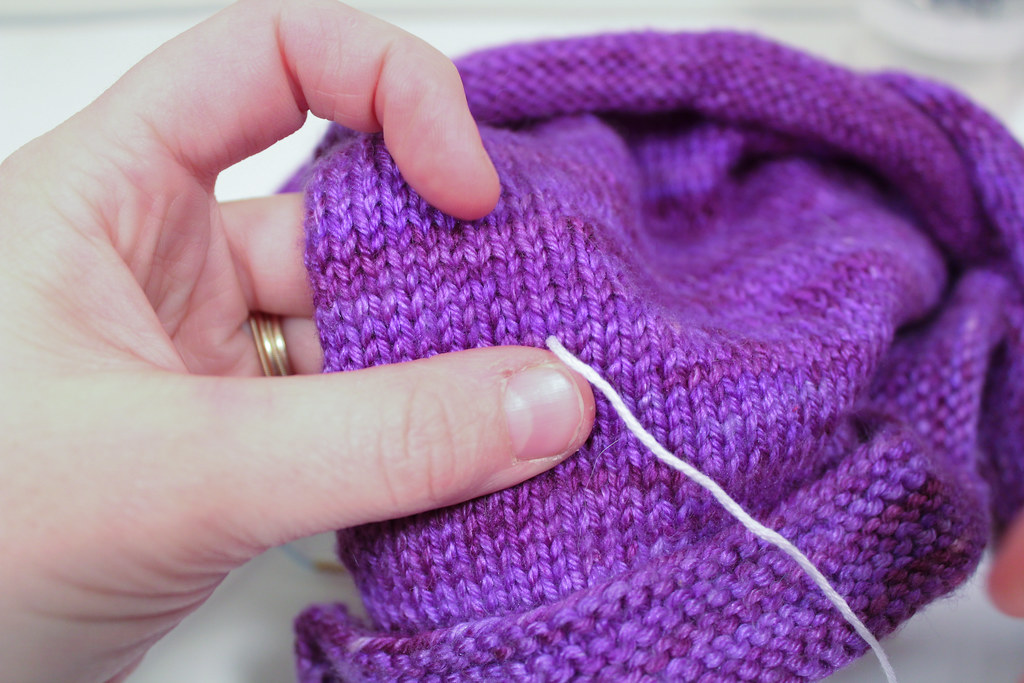
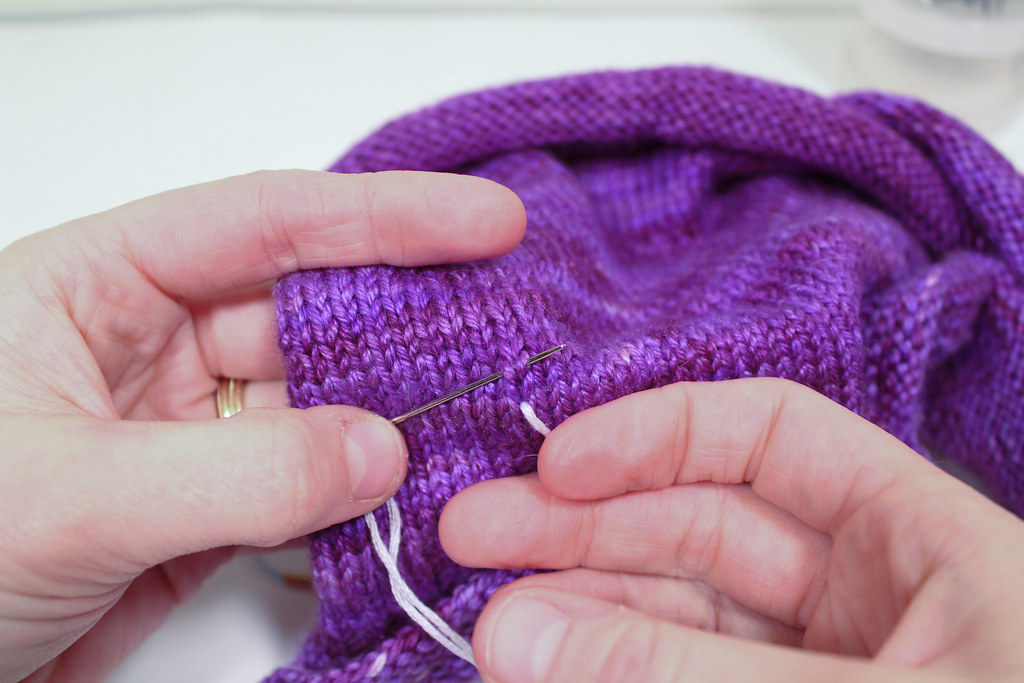
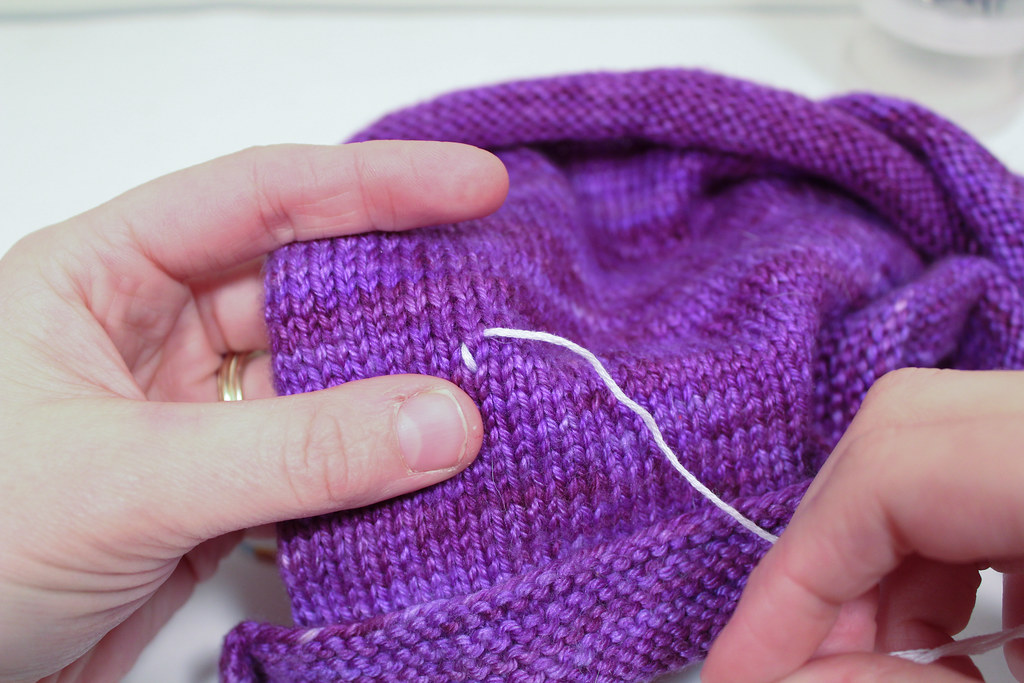
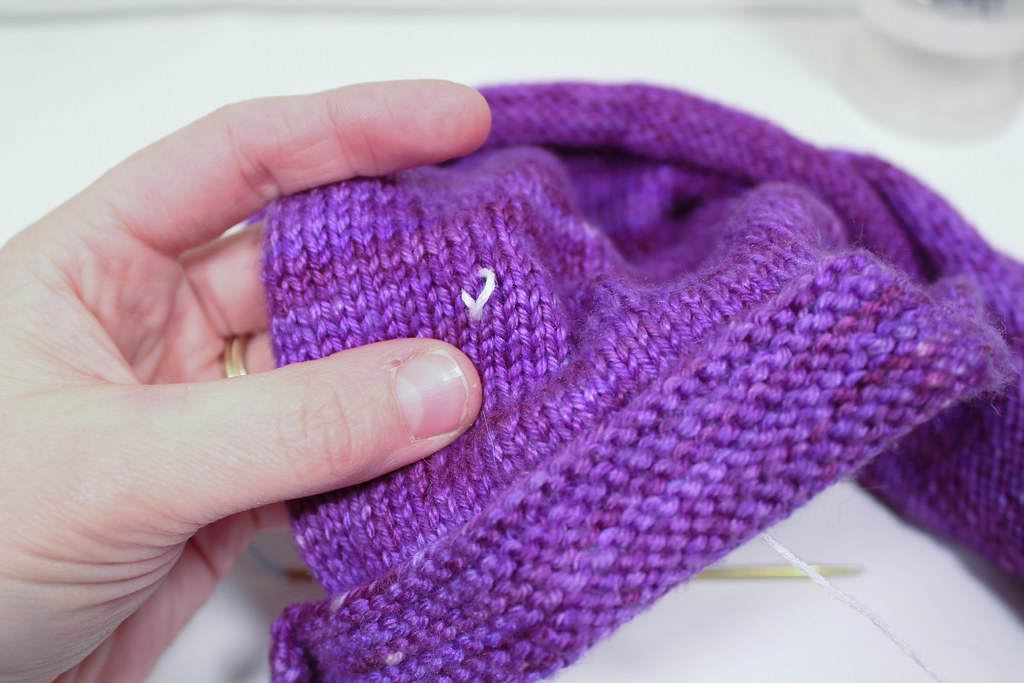
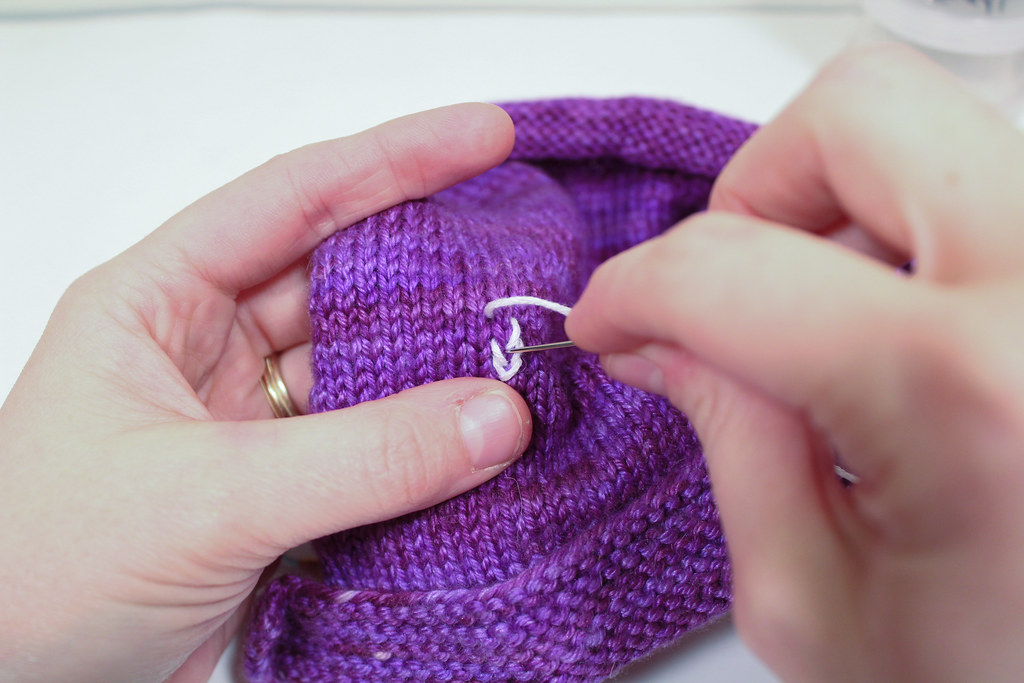
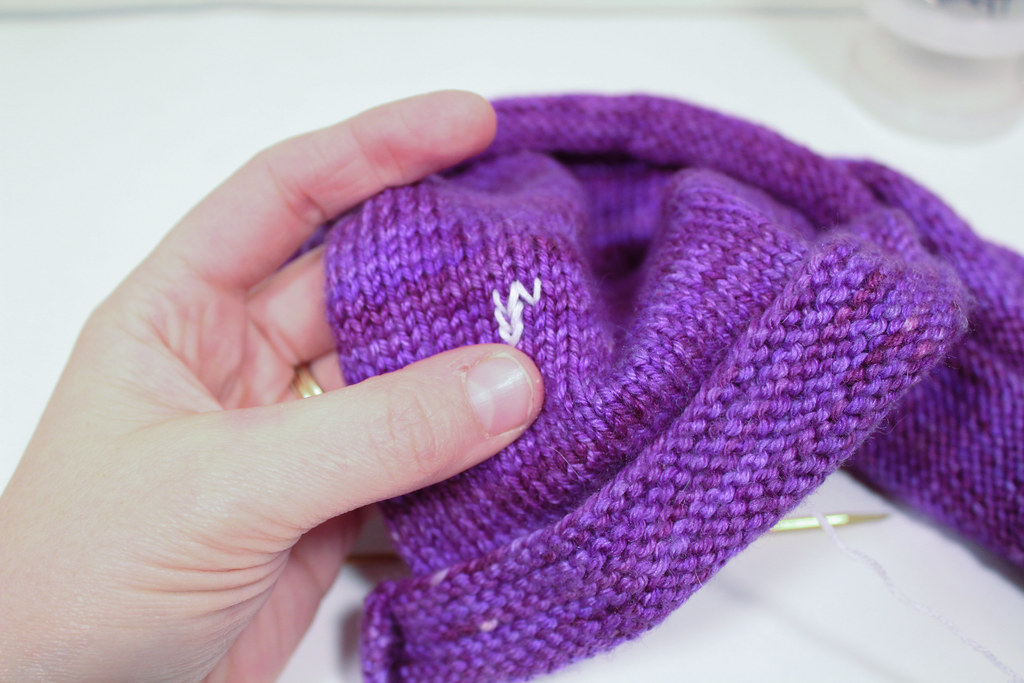
.jpg)
.jpg)
.jpg)

